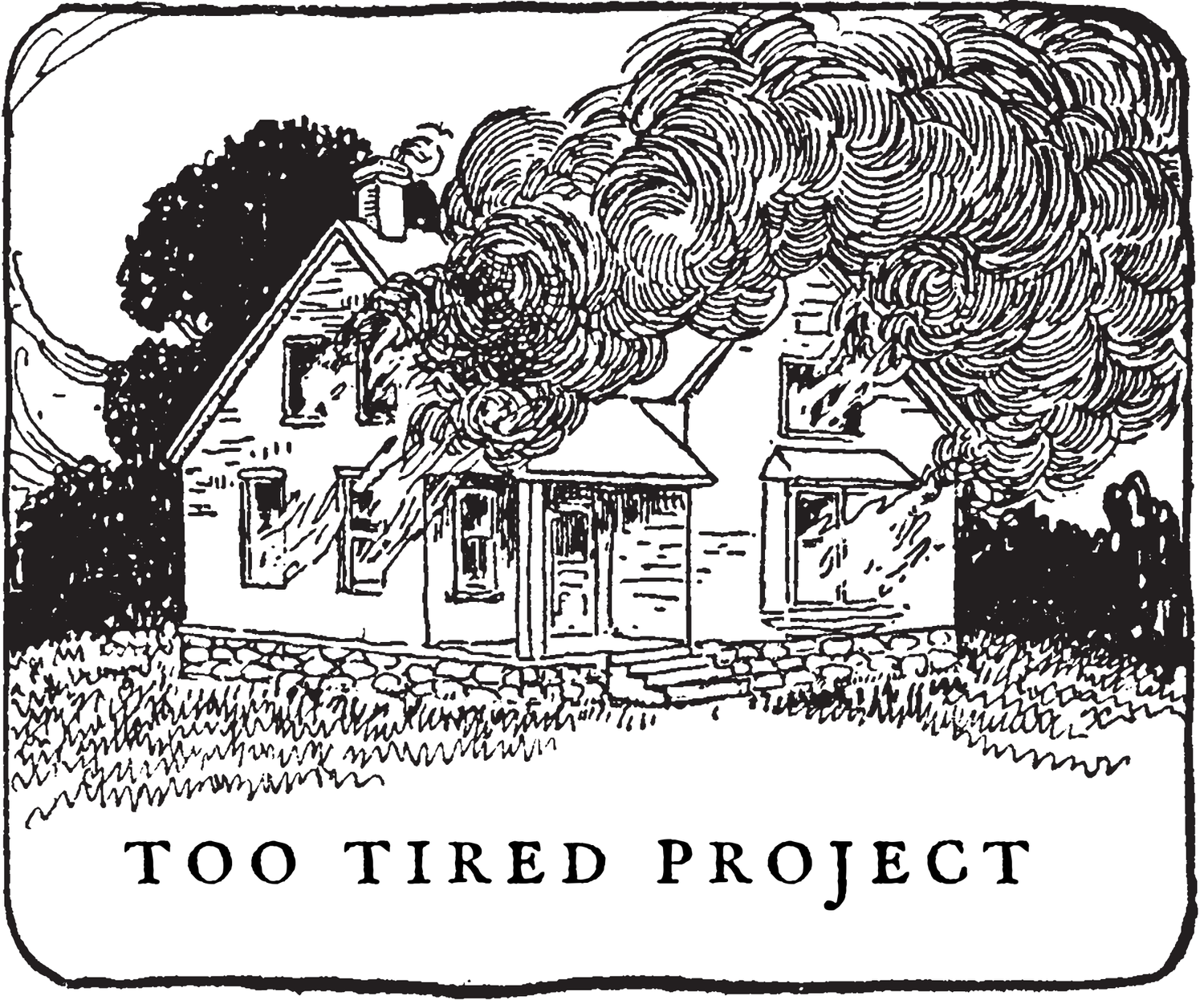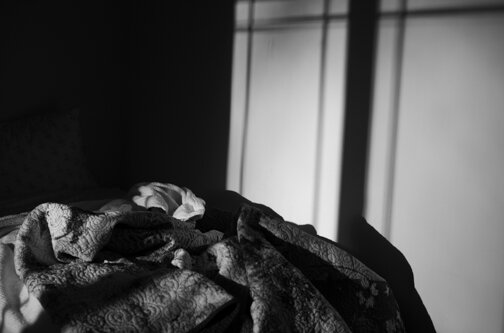Interview: Virgil DiBiase on his practice and I Wanna Go Home Now
Tell us about the project and how it began.
When I started this project 5 years ago I intended to make portraits of my patients in their homes and give them prints. They were in a safe environment and in a good mood, we had coffee and ate chocolates and had a good conversation whether it was based in reality or not. And then it became a social event. When they came to my clinic, I’d give them a print and they knew me as their friend and not their neurologist. They said: “I remember that, you came to my home”. They didn’t remember the details of the event, but they remembered how they felt. They had an emotional memory.
Social engagement is a treatment for dementia, and it delays the onset of dementia and it correlates with neurogenesis and synaptogenesis, neurons growing and connecting to other neurons. If we delayed the onset of dementia by 5 years in 1997 we would have reduced the prevalence by 50%. And if delayed the onset of dementia by 10 years we would have virtually cured it. It is extremely important that surrounding healthy individuals maintain a supportive environment towards dementia-affected people that ensures that they have a place in society and that their identity is valued. And that has become part of my practice.
About 4 years ago or so I had the fortunate opportunity to show my work to Larry Fink. We collaborated ever since. About a year and a half ago he said you have enough portraits. You need to make perception pictures. I asked what is perception? Hallucinations, delusions? He said you’ll figure it out.
How does mental health or wellness factor into the creation of your work?
At the beginning of the pandemic, I got fired from my job without cause. I worked for a large hospital chain system and I couldn’t practice within a 25-mile radius from the hospital and couldn’t reach out to my patients. I was angry. My wife and I have a farm in rural Indiana, and it is surrounded by nature, woods, horses, deer, turkeys, foxes. I became exquisitely aware of my surroundings. I slowed down emotionally and spent the next 6 months night and day at our farm. I became aware of things that were there that I hadn’t noticed before: spiders making webs, a certain vine, swallows making nests, horses behaving a certain way with the herd. And I began making perception pictures, double exposures, pairing the photos with my patients’ quotes. And what I learned from this is our emotional state in a given moment influences what we see. That is, we don’t come to know the world only through our external senses, we perceive the world differently when we feel pleasant or unpleasant. That’s what we remember, our feelings. There was a research article published a couple of years ago at the University of Iowa...they played film clips to patients with dementia, happy clips, and sad clips. As you would expect, they didn’t remember the details by they recalled how they felt long after the film clips. The title of that article was “Feeling without memories.” Feeling is a part of our archaic nervous system, the limbic system, and that’s what is preserved in the early stages of Alzheimer’s disease.
What is your process like?
I wanted to use a special process for this project and to include many variables to make a unique print. Like many variables in life that we can’t control, but we can control some variables. The negative itself. I make digital negatives and I had to modify mechanically my Epson printer to make digital negatives. The paper itself. There are very few papers that are adequate to make platinum palladium prints. These are the finest and most pure papers in the world. The chemistry, the platinum and Palladium salts that form the emulsion. I use a glass rod to coat the paper. The ambient temperature, the relative humidity, and the humidity in the paper itself. I use a container with salt and distilled water to expose the paper to 80% humidity. The UV lamp the exposure time the development time the wash time and the dry time of the print itself. All of these variables reduce it to one unique print. And even if I use the same negative it’s one unique print. All of the variables in life reduce it to one unique individual. My endpoint in photography is the physical print. Using all my senses, vision, smell, and touch.
What is your relationship to photography?
I started making photographs a long time ago as a child at 10 or 11 years old. My father was a photographer and he made beautiful 8 x 10 prints of our family. We had a family camera a 1930s Leica rangefinder. It was a part of my normal routine. I didn’t have a choice, it was like a language. I thought every kid had a camera and a darkroom in their basement. I took it for granted. But I’ve never forgotten the first time I stepped foot in a dark room with my father. An image appeared before my eyes on a piece of paper and a tray with water I thought it was water then and it was a miracle. But It wasn’t a miracle it was a simple process. But in my mind, it was a miracle. That image was of myself as a toddler sitting in a toilet chair.
Has the pandemic shifted the way you approach your work and/or photography at all?
In a six-month period, I completely transformed my photography 180°. I was a street photographer years ago and I would go up to strangers close up and take their portraits—it was an adrenaline rush and these are more contemplative photographs. The silence of nature. Being hyperaware and simultaneously calm. When I was a street photographer I was in the sympathetic zone of my nervous system, the fight or flight mode. I was not a predator or prey but I was in the sympathetic zone. Now, these photographs are more of a parasympathetic part of my nervous system. The silent mode. It uses up less energy and it changed my nervous system with regards to photography and life in general.
Thank you so much to Virgil DiBiase for taking the time to speak with Too Tired Project. You can explore more of his work on his website.






